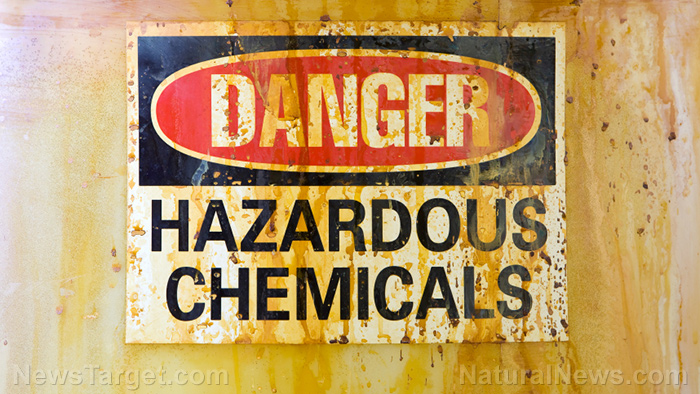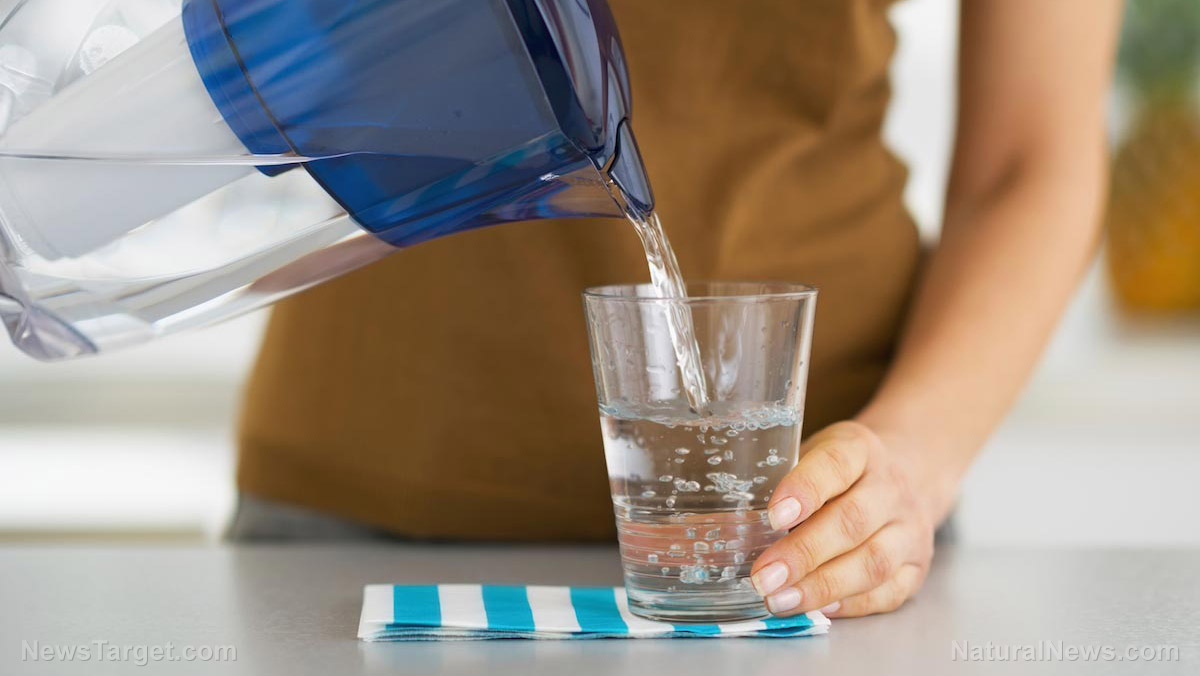Consumers being poisoned to death from “cumulative risk” of pesticide and chemical exposure, warns legal expert
09/28/2017 / By Isabelle Z.

With more information constantly coming to light about the toxic chemicals we use in our daily lives, it can be enough to make you want to live inside a bubble. You can grow your own food and make natural cleaning supplies, but what about the flame retardants in your clothes or the pesticides on the playground? If you’ve reached the point where you’re doing the best you can and telling yourself that a few questionable products here and there are inevitable, you might be doing better than most people – but there’s also the matter of cumulative risk to consider.
This is a topic that legal expert Sanne Knudsen is all too familiar with. The University of Washington School of Law Associate Professor and parent is deeply concerned about the many different ways we are regularly exposed to chemicals and the government’s weak regulatory response to these problems. In a recent article for the University of Minnesota Law Review entitled, “Regulating Cumulative Risk,” Knudsen advocates for setting and reinforcing rules that can protect people from the widespread risks posed to their health by pesticides and other chemicals.
In an interview with UW News, she points out that people are exposed to multiple products and chemicals at once through various means of exposure, including eating, inhaling, and absorbing them through their skin. These interactions can have an additive or synergistic effect, particularly when chemicals with similar properties are involved. For example, glyphosate accumulates in soil, animals, and humans, so not only are you getting the amount sprayed on your fruit, but you’re also getting it from the milk you drank that came from cows who ingested GMO feed. It builds up in your body over time, and how does it react, for example, with the mercury from that vaccine you got? The possibilities are mind-boggling.
Knudsen cites the example of endocrine disruptors, such as the flame retardants on sofas and antibacterial agents in soaps. We might know about the endocrine-disrupting potential of one of these chemicals, but what about the cumulative effect of exposure to several at once? It’s complicated to address, but that’s only one reason it’s not the focus of regulatory efforts.
We can’t depend on the government
Knudsen said that there are around 85,000 chemicals on the market, and the consequences of exposure to most of them are unknown. Because the government is not controlling them to the degree necessary, some people are taking matters into their own hands. You’ll see people like Mike Adams, the Health Ranger, and the Environmental Working Group carrying out tests and assessments and warning people about toxins like BPA while the agencies that are supposed to protect us follow the money instead.
When asked how people can manage their risks from chemicals, she concedes that the interactions between all these toxins are simply too complex to understand fully, given the current body of knowledge. Even then, it’s hard to avoid toxins entirely, particularly when they’re part of the environment like our air and water.
In her paper, Knudsen talked about last year’s amendments to the Toxic Substances Control Act. This shifted the burden from the EPA having to show that a chemical posed a risk to the manufacturer having to show that it is safe. This opens the door to the EPA also requiring that chemical manufacturers demonstrate their product is safe not only on the individual level but also in terms of cumulative risk. We’re not quite there yet, however.
Knudsen closed the interview by expressing her appreciation for articles that call attention to this very important public health issue. She believes it’s only a matter of time before the public will start pushing for tighter regulations and more protection from these dangers.
Sources include:
Tagged Under: agricultural chemicals, cumulative toxins, Endocrine disruptors, environment, EPA, glyphosate, mercury, Sanne Knudsen, toxic chemicals, toxins, vaccines




















